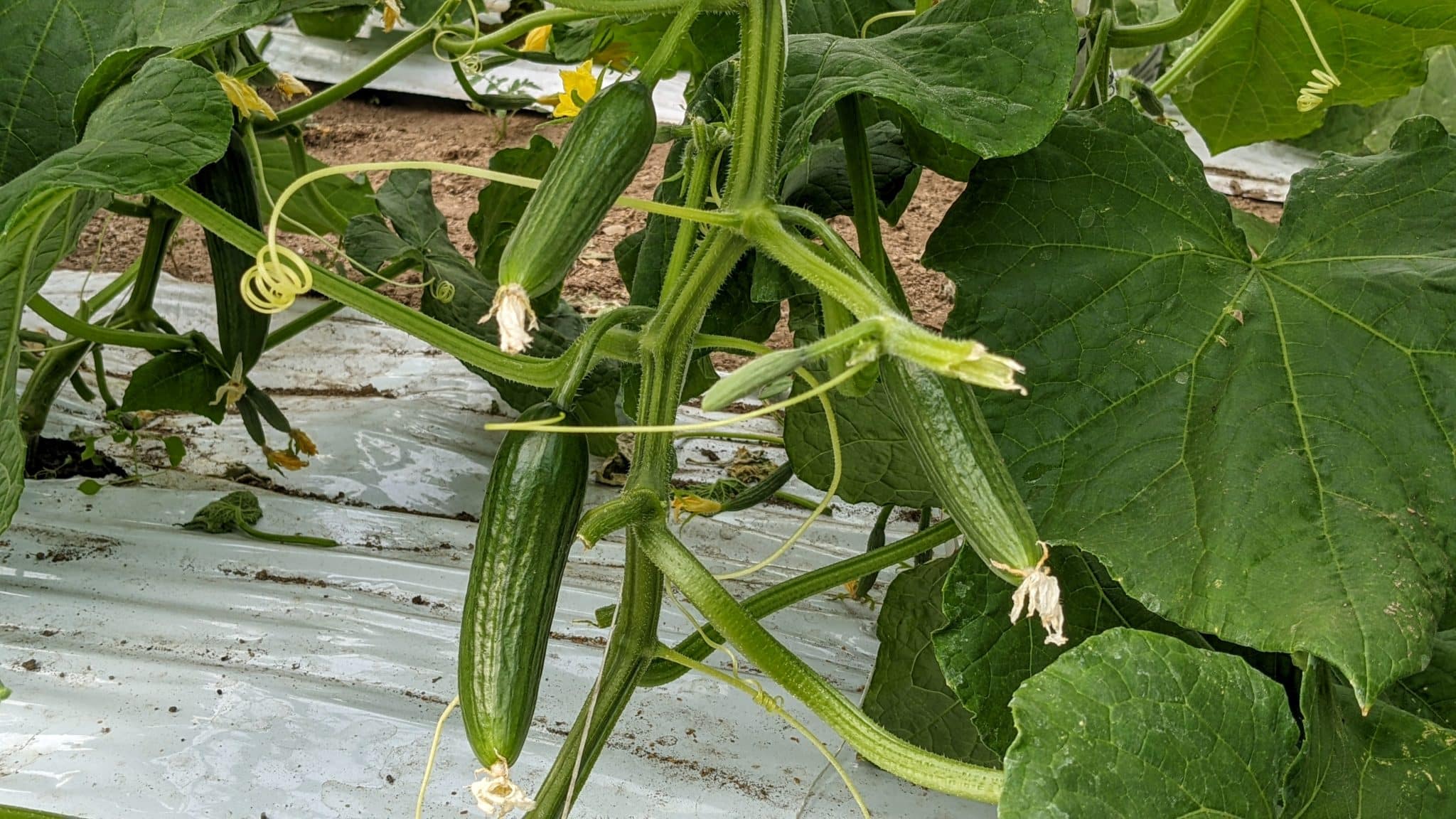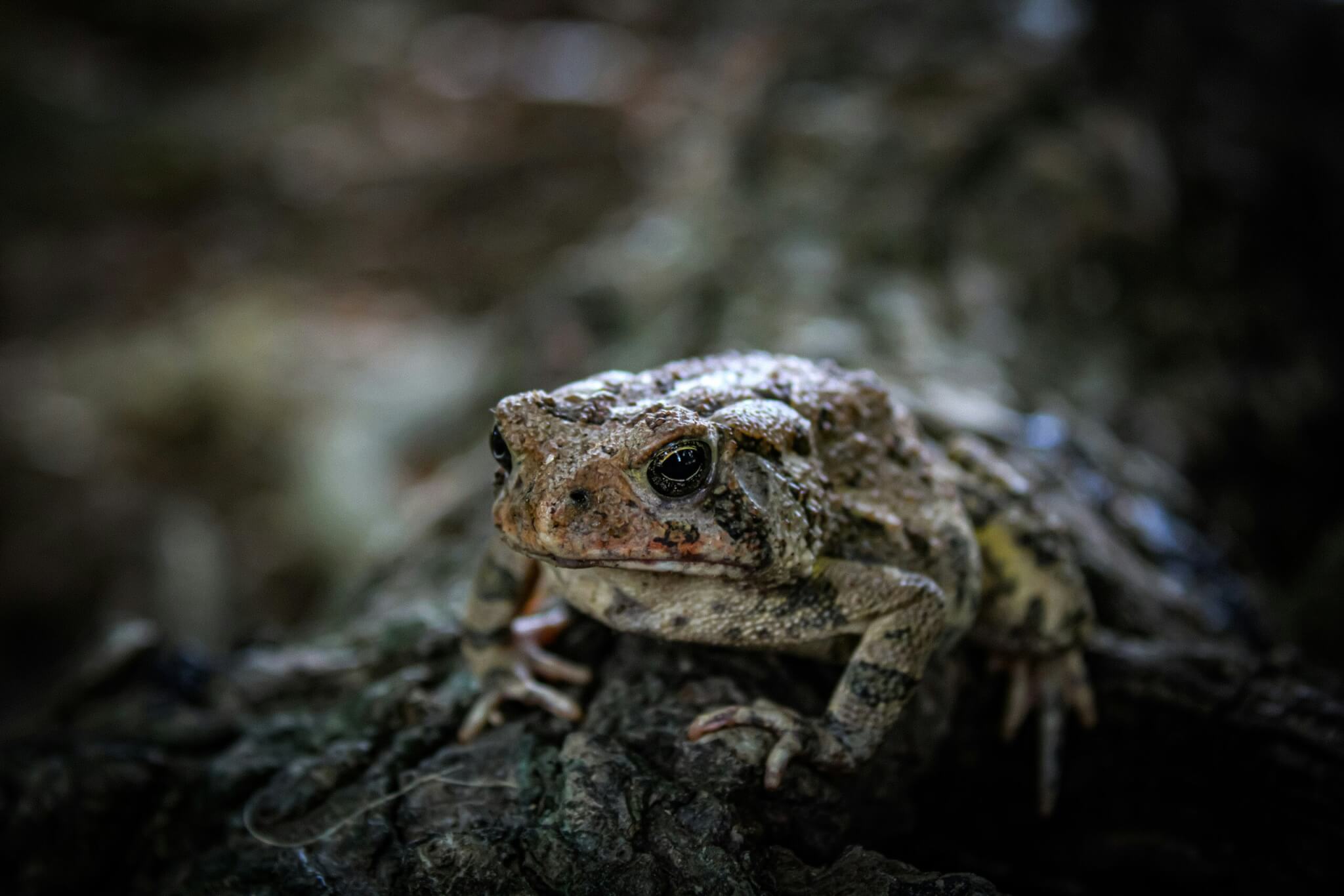In every sense, things are hotting up in the tunnels. A lot of work goes into the cucumber and tomato plants before anything is picked: training the vines up strings, removing side shoots, weeding and hoeing. So, it’s a relief when we begin to see the fruits of our labour and can get picking. The cucumbers started a month ago, and, after a couple of weeks of picking, the tomatoes are becoming abundant enough that they can start to go in a reasonable number of boxes.
We always have some issues with pests, especially aphids; in the heat of the polytunnels, they can spread like wildfire. Apart from impacting plant health by sucking sap and excreting it onto leaves (thereby reducing the plant’s ability to photosynthesise), aphids are vectors for disease such as cucumber mosaic virus, which can also spread rapidly once established. To counter this, we encourage beneficial insects to come in from outside, with judicious planting of attractive plants like fennel, which appeal to a broad spectrum of aphid-eating insects such as hoverflies and lacewings.
We also buy in predatory and parasitic wasps, as a background ‘buffer’ of beneficial insects. So far, it’s been a mixed story. Aphids have arrived, as always, and our friendly insects have been hard at work – but not as effectively as usual. The high temperatures tend to favour breeding (pests) over feeding (beneficials). Add in some disease, and a couple of the tunnels are beginning to look pretty sorry for themselves. I’m starting to worry that we won’t make our target of almost 400,000 cucumbers this season. If temperatures stabilise, we could recover some ground – but we’ll have to wait and see.
On the plus side, our coloured tomatoes are looking particularly good this year. Our yellow variety, Maggino, is looking a little orange – but its blocky plum shape is quite distinct from the rounder variety that’s supposed to be orange (Tomarange). I’m also trialling a new pear-shaped orange variety, Operino. I’ve had mixed success with the more unusually shaped tomatoes before; lots of them seem to be style over substance, bred for appearance over taste. But this one’s flavour seems quite promising.
Here’s to a bit of stable weather, and a chance for the friendly insects to catch up.














0 Comments